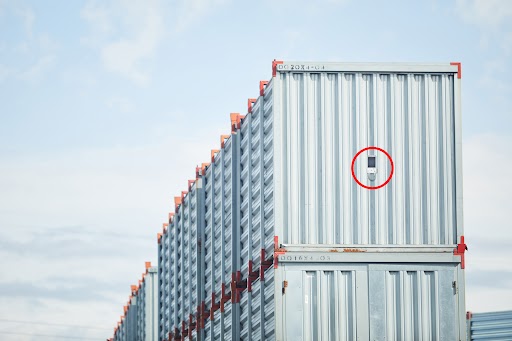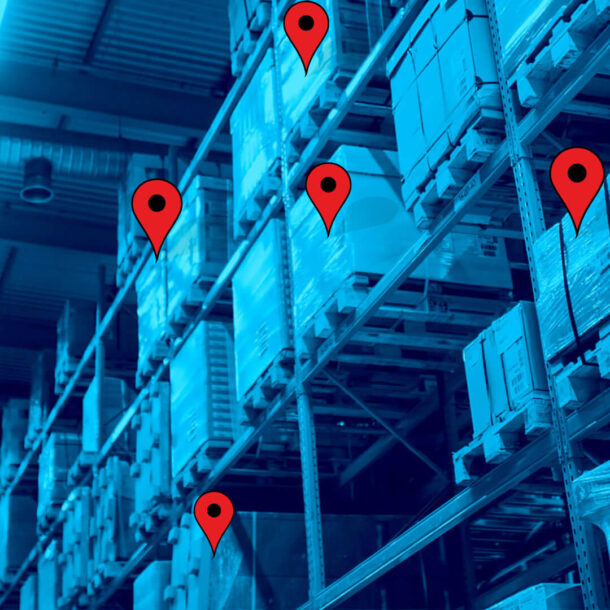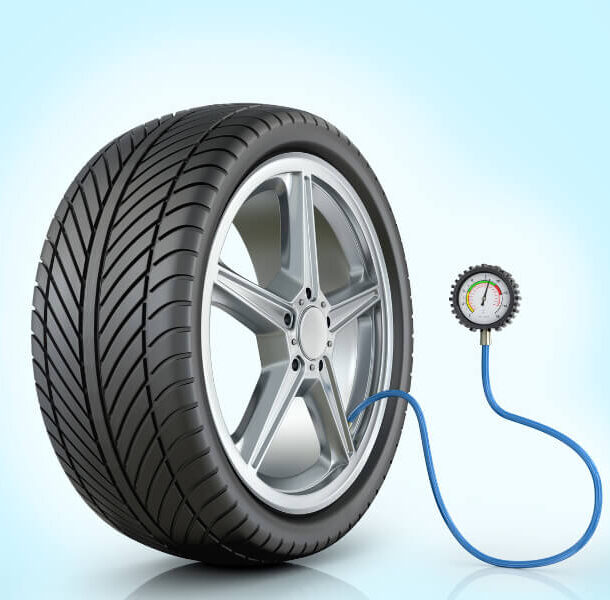- SolutionsIncrease ProfitsSimplify safety and compliance
- Fuel Saving
- Maintenance savings
- Optimized operations
- Successful temperature-sensitive deliveries
- ELD & DVIR
- Reduced litigations with AI Dashcam
- Variety of automated reports
- Driver scorecard & safe driving reports
- Accident reduction with on-demand & real-time AI video
- Tire pressure safeguarding
- Real-time tracking for theft prevention
- Industries
- Products
- Prices
- Resources
- Company
- Solutions
- Fuel Saving
- Maintenance savings
- Optimized operations
- Successful temperature-sensitive deliveries
- ELD & DVIR
- Reduced litigations with AI Dashcam
- Variety of automated reports
- Driver scorecard & safe driving reports
- Accident reduction with on-demand & real-time AI video
- Tire pressure safeguarding
- Real-time tracking for theft prevention
- Industries
- Products
- Prices
- Resources
- Company
- SolutionsIncrease ProfitsSimplify safety and compliance
- Fuel Saving
- Maintenance savings
- Optimized operations
- Successful temperature-sensitive deliveries
- ELD & DVIR
- Reduced litigations with AI Dashcam
- Variety of automated reports
- Driver scorecard & safe driving reports
- Accident reduction with on-demand & real-time AI video
- Tire pressure safeguarding
- Real-time tracking for theft prevention
- Industries
- Products
- Prices
- Resources
- Company
The food and agriculture industries need temperature-monitoring devices
Nataliya Topal
June 12, 2023
Maintaining optimal temperatures is of utmost importance in the fast-paced world of food and agriculture industries. From farm to fork, temperature plays a critical role in preserving the safety and quality of food products. That’s where temperature monitoring devices come into the picture. These innovative devices are designed to monitor and track temperature levels throughout the supply chain, ensuring that the integrity of the products is preserved at every stage. Here we will explore the importance of temperature monitoring devices in the food and agriculture industries, highlighting their benefits and applications.
Buy a Positrace and help reduce food wastage
Buy a Positrace and help reduce food wastage
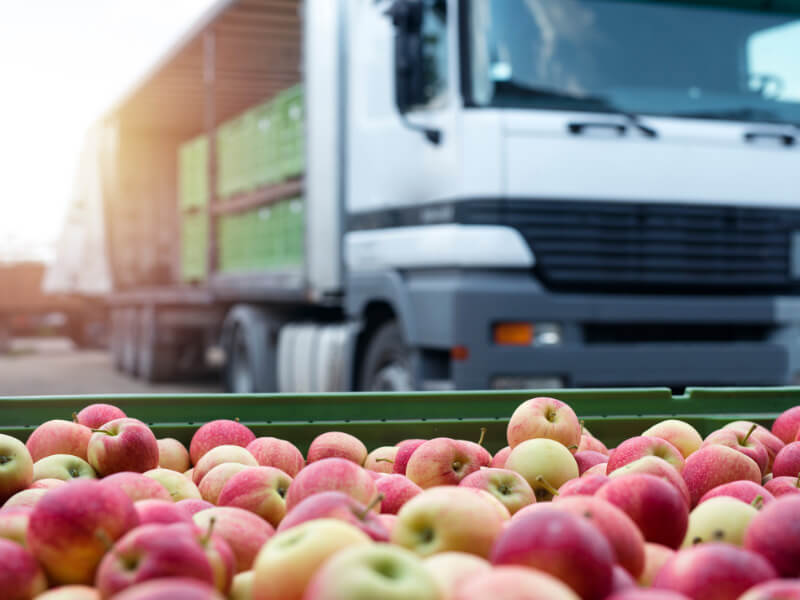
Ensuring Food Safety:
Foodborne illnesses are a serious concern for consumers and businesses alike. Contaminated or improperly stored food can lead to widespread health issues and damage a company’s reputation. Temperature monitoring devices act as a first line of defense against such risks. They help maintain optimal storage temperatures, preventing the growth of harmful bacteria and reducing the chances of spoilage. By continuously monitoring temperature levels, these devices enable early detection of temperature fluctuations, allowing prompt corrective actions.
Preserving Product Quality:
In addition to food safety, maintaining product quality is essential for businesses in the food and agriculture industries. Temperature variations can affect food products’ taste, texture, and overall quality. Temperature monitoring devices ensure that perishable goods such as fresh produce, dairy products, and meats are stored at the right temperature, preserving their freshness, nutritional value, and shelf life. With precise temperature control, businesses can consistently deliver products that meet consumers’ expectations.
Compliance with Regulations:
Food and agriculture industries are subject to strict regulations and standards to ensure consumer safety. Temperature monitoring devices play a vital role in complying with these regulations. By providing accurate and real-time temperature data, businesses can demonstrate their commitment to quality control and adherence to industry standards. This helps avoid legal issues and penalties and builds trust and credibility among customers and partners.
Supply Chain Visibility:
Temperature monitoring devices offer enhanced visibility and traceability throughout the supply chain. From production facilities to distribution centers and retail stores, these devices provide valuable insights into temperature conditions at each stage. This visibility helps identify potential risk areas, pinpoint inefficiencies, and streamline operations. With a clear understanding of the temperature conditions at different points in the supply chain, businesses can make informed decisions to optimize logistics, reduce waste, and improve overall efficiency.
Early Warning Systems:
Temperature monitoring devices have advanced features such as real-time alerts and notifications. These systems promptly notify stakeholders when temperature thresholds are breached or deviate from the desired range. With early warning systems in place, businesses can take immediate action to mitigate risks and prevent costly product losses. Timely interventions ensure that corrective measures are implemented promptly, minimizing the impact on product quality and avoiding financial losses.
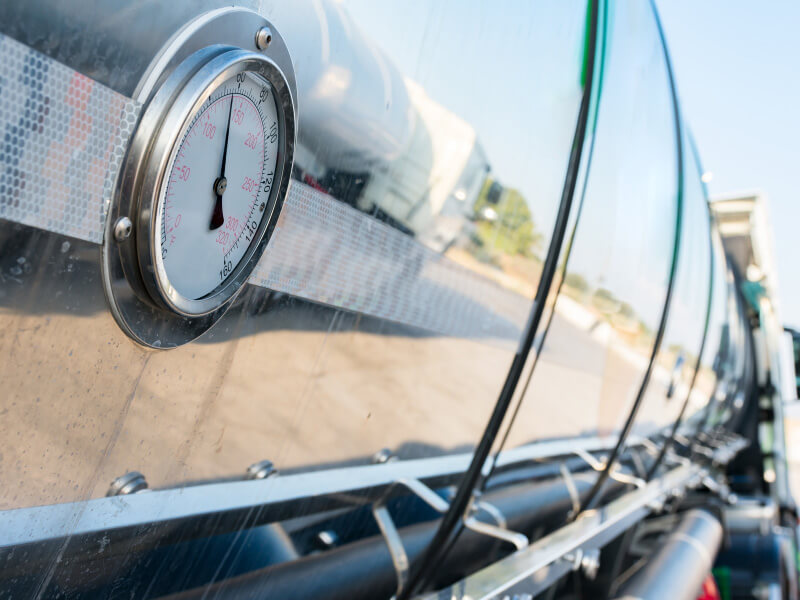
Revolution of technology
Temperature monitoring devices have come a long way in revolutionizing the food and agriculture industries. These devices’ advanced features and capabilities are pivotal in enhancing food safety, maintaining product quality, and optimizing operational efficiency. We will delve into the evolution of temperature monitoring devices and their significant impact on ensuring the integrity of food products throughout the supply chain.
From Manual to Automated Monitoring:
Gone are the days of manual temperature checks that relied on human observation and paper records. Today, temperature monitoring devices offer automated and real-time monitoring capabilities, eliminating the risk of human error and providing accurate data. These devices utilize sensors, wireless technology, and cloud-based platforms to continuously monitor temperature conditions at various production, storage, and distribution stages. This automated approach enables businesses to detect temperature fluctuations promptly and take immediate corrective actions, ensuring that food products remain safe and of high quality.
Advanced Sensor Technology:
Temperature monitoring devices leverage advanced sensor technology to capture precise temperature data. From thermocouples to infrared sensors, these devices have high-accuracy sensors that deliver reliable measurements. The sensors can be placed directly in storage areas, refrigerators, freezers, or even inside product packaging, providing detailed insights into temperature conditions. This level of accuracy allows businesses to maintain precise temperature controls and make informed decisions based on real-time data.
Wireless Connectivity and IoT Integration:
The advent of wireless connectivity and Internet of Things (IoT) technology has transformed temperature monitoring devices into powerful data collection and analysis tools. These devices can seamlessly connect to a network, enabling real-time data transmission and remote monitoring. IoT integration allows businesses to centralize temperature data, monitor multiple locations simultaneously, and receive instant notifications in the event of temperature deviations. This connectivity ensures rapid response times, minimizing the risk of product spoilage and maximizing operational efficiency.
Data Analytics and Predictive Insights:
Temperature monitoring devices have evolved beyond providing real-time temperature data. They now offer advanced data analytics capabilities, allowing businesses to gain valuable insights into temperature trends, patterns, and potential risks. Companies can identify temperature-related issues by analyzing historical data and proactively implementing preventive measures. This proactive approach helps mitigate risks, reduce product losses, and optimize resource allocation. Additionally, predictive analytics can forecast future temperature conditions, enabling businesses to make informed decisions and adjust production and distribution strategies accordingly.
Integration with Quality Management Systems:
Temperature monitoring devices can be seamlessly integrated with quality management systems (QMS) to streamline operations and ensure regulatory compliance. This integration enables businesses to automate data collection, streamline workflows, and generate comprehensive reports. By centralizing temperature data within the QMS, companies can efficiently manage quality control processes, conduct audits, and demonstrate compliance with industry standards and regulations. This integration further enhances traceability, transparency, and accountability throughout the supply chain.
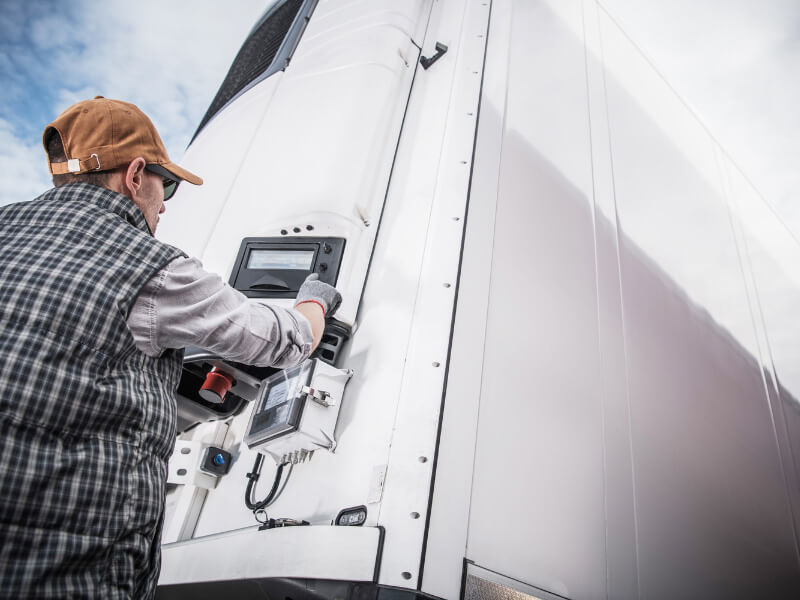
In conclusion, Positrace temperature monitoring devices have revolutionized how businesses monitor and manage temperature conditions. With their advanced features and capabilities, these devices provide real-time and accurate temperature data, ensuring the safety and quality of products in various industries. Integrating wireless connectivity, IoT technology, and data analytics allows businesses to monitor temperature conditions remotely, analyze historical data for insights, and take proactive measures to prevent temperature-related issues.
By utilizing Positrace temperature monitoring devices, businesses can streamline operations, optimize resource allocation, and meet regulatory compliance requirements. These devices offer a comprehensive solution that combines precision sensors, cloud-based platforms, and user-friendly interfaces, making temperature monitoring seamless and efficient. With automated alerts and notifications, businesses can quickly respond to temperature deviations and minimize the risk of product spoilage or loss.
Frequently Asked Questions
How does a Positrace temperature monitoring device ensure accurate temperature readings?
Positrace temperature monitoring devices have high-precision sensors that deliver accurate and reliable temperature readings. These sensors are calibrated to industry standards and undergo regular maintenance and calibration checks to ensure accuracy. Additionally, the devices utilize advanced technology to minimize temperature drift and fluctuations, providing businesses with precise temperature data.
Can Positrace temperature monitoring devices be integrated with existing systems?
Yes, Positrace temperature monitoring devices are designed to integrate easily with existing systems and workflows. They offer compatibility with various software platforms and can be seamlessly integrated with quality management systems, inventory management systems, and other related systems. This integration enables centralized data management, streamlined processes, and enhanced traceability across the supply chain.
How does a Positrace temperature monitoring device help businesses comply with regulatory requirements?
Positrace temperature monitoring devices provide businesses with comprehensive temperature monitoring solutions that help meet regulatory requirements. The devices offer continuous monitoring and real-time alerts, ensuring companies know of any temperature deviations that may impact product quality or safety. The apparatus also generate detailed reports and documentation, facilitating compliance with industry regulations and audits.
Can Positrace temperature monitoring devices be used in different industries?
Yes, Positrace temperature monitoring devices are versatile and can be used in industries where temperature control is critical. They are commonly utilized in food and beverage, pharmaceutical, healthcare facilities, logistics and transportation, and agriculture. The devices can be customized to suit industry requirements and monitor temperature conditions in storage facilities, refrigerated trucks, cold rooms, and other relevant environments.
